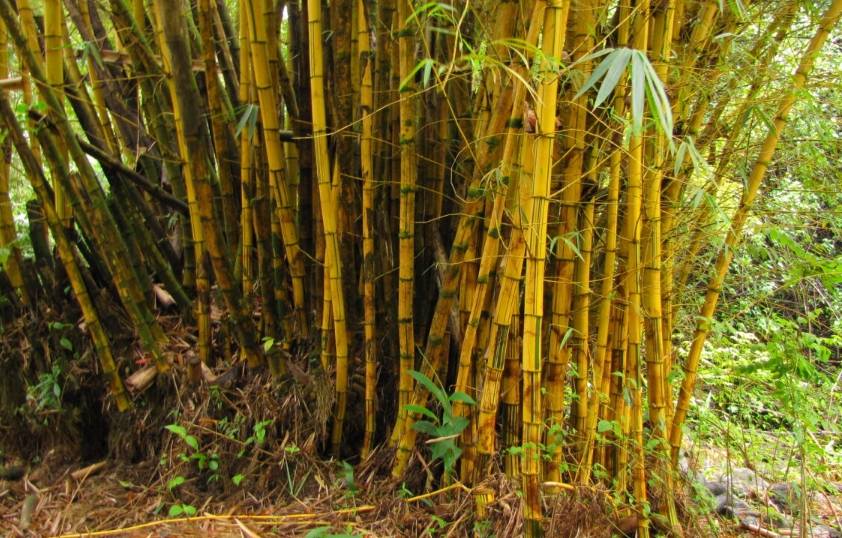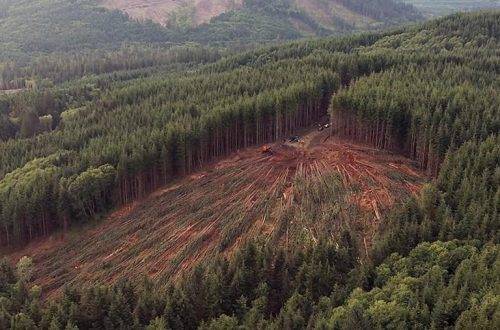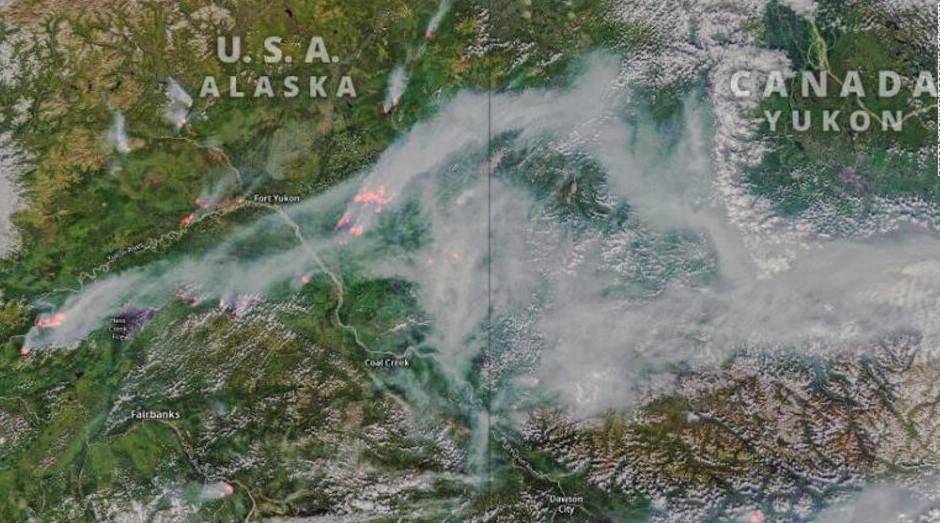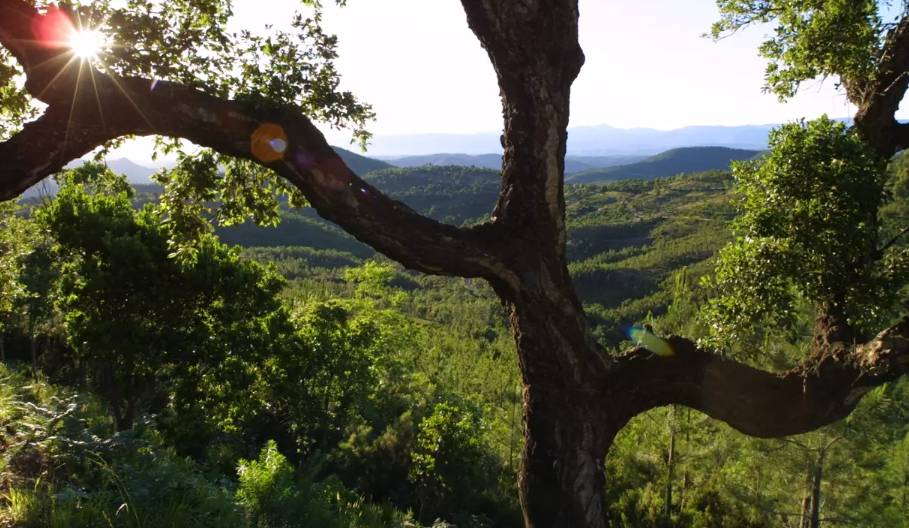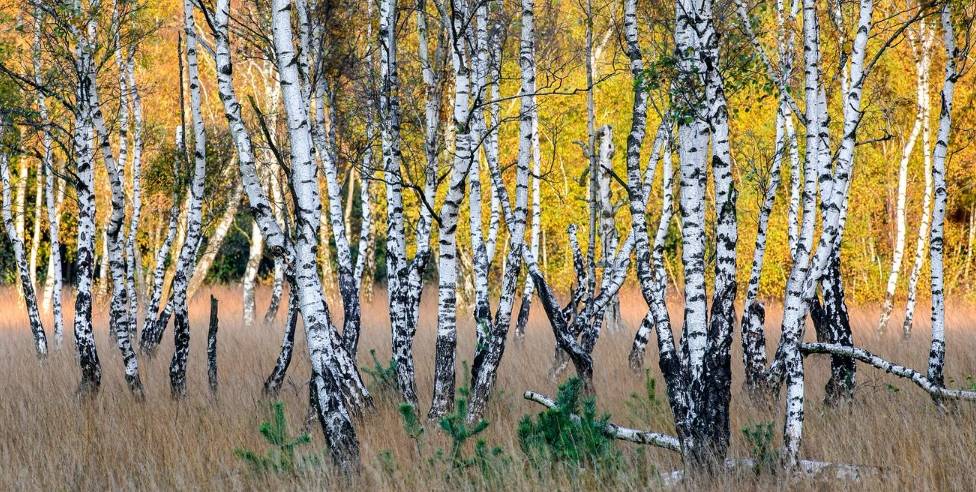News
-
A Sustainable Shift: Bamboo to the Rescue in Madagascar
Rice fields surrounding the Ankarafantsika National Park in northwest Madagascar have been flooded. To survive, local residents are forced to illegally exploit the forest’s natural resources. To reduce their dependence on the forest, local communities are planting versatile bamboo species from Asia for charcoal production and watershed restoration. Although an scientists express concern about the ecological implications of their use. Ankarafantsika is trapped in a self-destructive cycle. A dangerous interplay between deteriorating livelihoods and environmental degradation is intensifying. Logging in this protected area has caused silt buildup in local rice paddies, the primary source of income for locals. This has inadvertently pushed them further into the forest’s embrace for sustenance,…
-
Nova Scotia is transitioning to a novel forestry approach
Encompassing approximately 75 percent of the region, Nova Scotia’s (Canada) forests play a dual role in shaping its scenery and sustaining a vital industry. This industry is now gazing ahead with the assistance of researchers from Dalhousie University. Receiving a grant of $1.6 million, a research team led by Dalhousie University has embarked on a project to delve into the prospective trajectory of forestry in Nova Scotia. This study aims to adopt a comprehensive approach to facilitate the transition towards a forestry model known as “ecological forestry.” Dr. Alana Westwood, an assistant professor at Dalhousie University’s School for Resource and Environmental Studies and the lead investigator, explains that ecological forestry…
-
Demonstrating Sustainable Practices: How Forestry Companies Establish Their Commitment
Rayonier provides a unique and transparent perspective on sustainable forestry certification, offering valuable insights into their practices. When questioned about the impact of sustainable forestry certification, Richard Boitnott has firsthand experience spanning over two decades, where his feedback during audits has led to companies across the United States significantly improving their ability to showcase their sustainability practices. Richard Boitnott, working as a third-party auditor with Bureau Veritas, plays a critical role in evaluating whether forestry companies comply with the standards set by the Sustainable Forestry Initiative® (SFI). Over the course of his career, he has meticulously assessed numerous forests to ensure their adherence to these requirements. While perfect audits are…
-
Unsung heroes of conservation: Indigenous people fight for forests
Each year, the global deforestation rate is equivalent to the land area of Portugal, resulting in the loss of numerous forest trees. Unfortunately, a significant portion of this deforestation occurs on Indigenous lands without their prior consent or knowledge. However, these communities are now advocating for change and actively resisting to safeguard their ancestral territories. Indigenous communities are employing various strategies to combat deforestation and preserve their valuable forests. They are actively engaged in effective conservation practices, conducting regular forest patrols to prevent illegal activities, and in some cases, resorting to legal action against governments and developers. Their collective aim is to safeguard these rapidly vanishing forests for future generations.…
-
North American Boreal Forest Fires Show Decreased Intensity Compared to 150 Years Ago
In early May 2023, Western Canada experienced an alarming outbreak of forest fires due to extremely hot and dry weather conditions. The situation became so severe that the Alberta government declared a state of emergency, leading to the evacuation of nearly 30,000 individuals as of the time of writing this article. While it is still too early to determine the full extent of this unprecedented event, recent research provides valuable insights to help understand it within a wider historical context. In the vast expanse of North American boreal forests, millions of hectares can be engulfed by flames within a single year, while in other years, the fire activity may appear…
-
The Crucial Importance of Preserving the Congo Basin Forest for Our Planet
The Congo Basin forest, often referred to as the “second lung of the earth,” is a vital ecosystem that is often overshadowed by the more well-known Amazon rainforest. But what does this pristine forest mean for the health and well-being of our planet? The Congo Basin forest remains a mystery due to insufficient research and limited resources. Despite being the second largest rainforest on the planet, next to the Amazon, it lacks proper study and financial support. Professor Bonaventure Sonké from the University of Yaoundé emphasizes the significance of the Congo Basin forest, which is often overshadowed by the Amazon, but is equally vital in terms of its ecological importance.…
-
Deforestation in tropical forests has been found to decrease rainfall
A recent study published in the scientific journal “Nature” shows that regional rainfall is reduced by deforestation. The Congo Basin is projected to experience a 10% reduction in rainfall by the end of this century due to deforestation. The interplay between deforestation and rainfall reduction is a vicious cycle, as revealed by a recent study published in the journal Nature. This mechanism was highlighted during the One Forest Summit, an international conference aimed at protecting the forests of the Congo Basin, which took place in Gabon. The study suggests that if deforestation rates continue as expected, the Congo Basin could experience a 10% decline in rainfall by the end of…
-
How to reconcile ecology and economy in the management of our forests?
It is hard to imagine: the Alpes-Maritimes and the Var are two-thirds covered by forests. In these departments among the most wooded in France, 64% of the territory belongs to the kingdom of trees. They represent 400 million “stems”, at least 1.3 meters high and 7.5 centimeters in diameter. This resource is also the least exploited in France. Difficult access for cutting and transport, species that are less easy to recover, are the main causes. But the diversity of our forests, their resilience and a few changes in thinking can be game-changing. Extensive forests Forests are the pillar of rich ecosystems, threatened every summer by forest fires, in the southernmost…
-
Imported deforestation: a welcomed agreement, and challenges ahead
The European Union has finally agreed on the draft regulation aimed at combating imported deforestation. The final text is hailed as “historic” by many observers, but several challenges remain unresolved. Deforestation has started to rise again in recent years, particularly in the Brazilian Amazon. To no longer participate in this disaster, the European Union has been working for more than a year on a draft regulation aimed at banning the import of products resulting from deforestation on its soil. After tough negotiations and compromises, a trilogue between the Parliament, the Commission and the Council was held on 5 and 6 December 2022. It resulted in an agreement, making Europe the…
-
Why do people like birches so much in Germany?
Four types of birches grow in Germany. One of them – downy birch – became the German tree of 2023 Around the world, there are a total of about a hundred different types of birch. In the wild in Germany, four species are common – dwarf, low, drooping and fluffy birches. Now birches occupy only about five percent of the forest area here. Nowadays, the once widespread distribution of these trees is reminiscent of numerous place names – about five hundred German cities, villages and other places with birch roots on the map of Germany: Birkenfeld, Birkenhof, Birkendorf … A lot of different traditions are also associated with birches in…
